Paragraph Writing
A paragraph is a collection of related sentences that discuss a single topic. This article focuses on paragraph writing and its structure.
No products in the cart.

A paragraph is a collection of related sentences that discuss a single topic. This article focuses on paragraph writing and its structure.

Quantifiers are determiners that denote imprecision of quantity or number. We use them to give information about something.
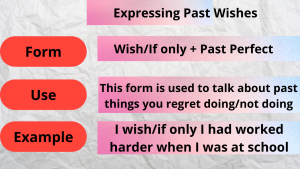
Both wish and if only are used in expressing wishes about past situations. To do so, we add the past participle to wish or if only.

Expressions of addition are used to add one statement to another. Some are followed by a noun while others are followed by a clause.

Linking words (or connectors) are transitional words and expressions that help connect ideas within and between paragraphs.
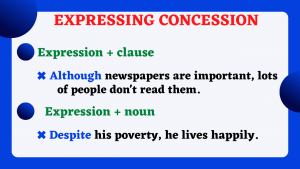
In expressing concession, we use expressions like although and but at the beginning of the clause which contrasts with the main clause.
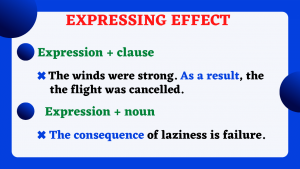
Expressing effect means talking about something that was caused by another thing; i.e., a change that is the result of an action or cause.

The term ‘’cause ‘’ refers to things that make other things happen. In expressing cause, we show the connections between causes and results.

The term “purpose” designates an aim you strive to achieve. In expressing purpose, we try to answer the question of why we do something.
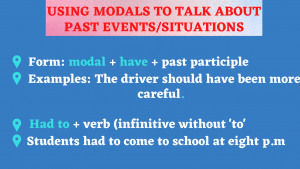
When using models to talk about the past, we refer to a past situation or an action that happened in the past but could no longer be changed.
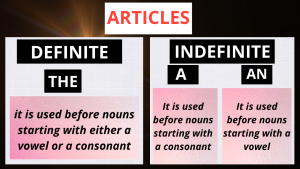
Definite and indefinite articles are parts of speech placed before nouns and noun phrases. They refer to determiners “the”, “a”, and “an”.
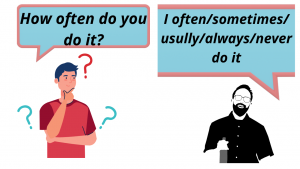
Adverbs of frequency answer the question of how often an action occurs and describe how something happens either in definite or indefinite.